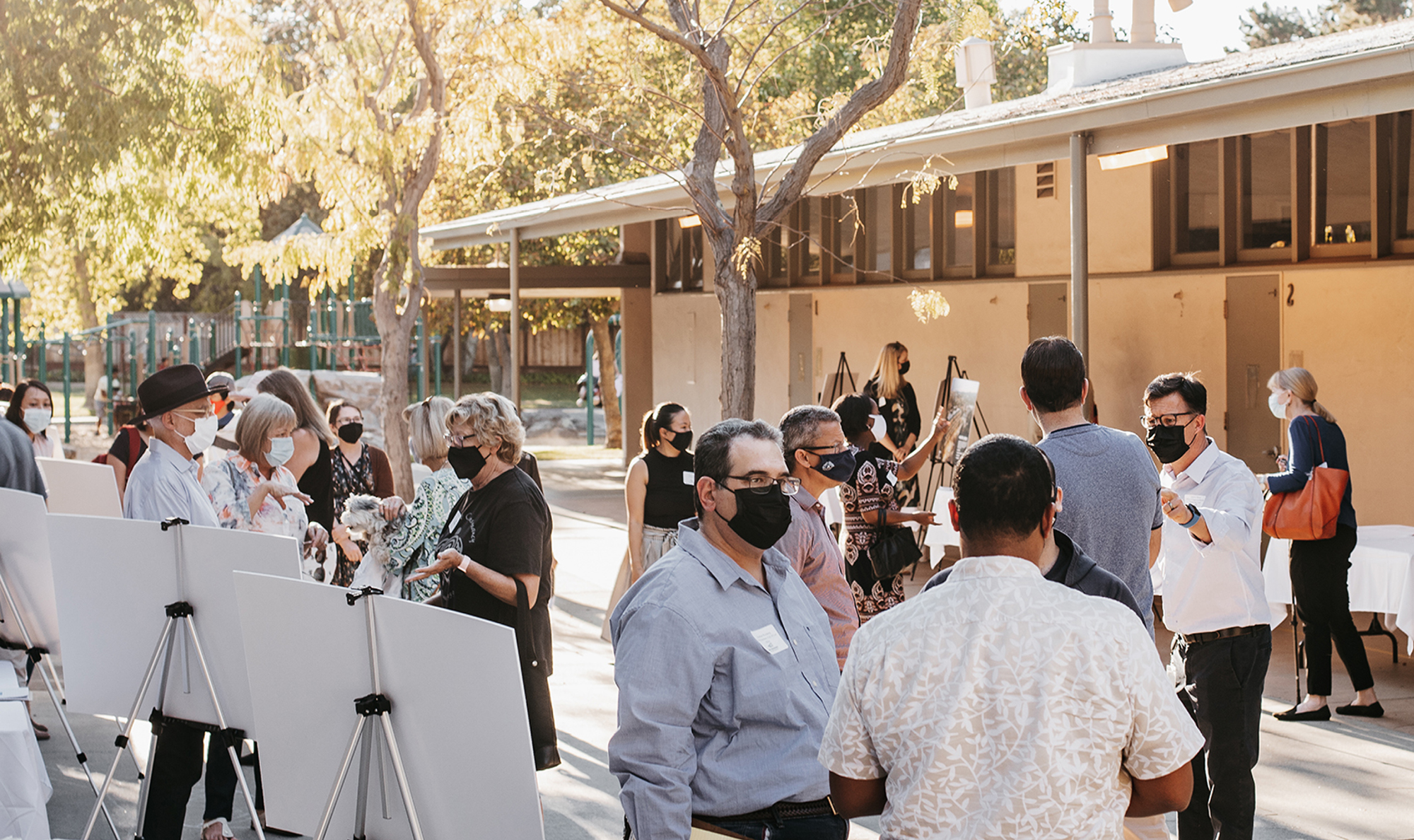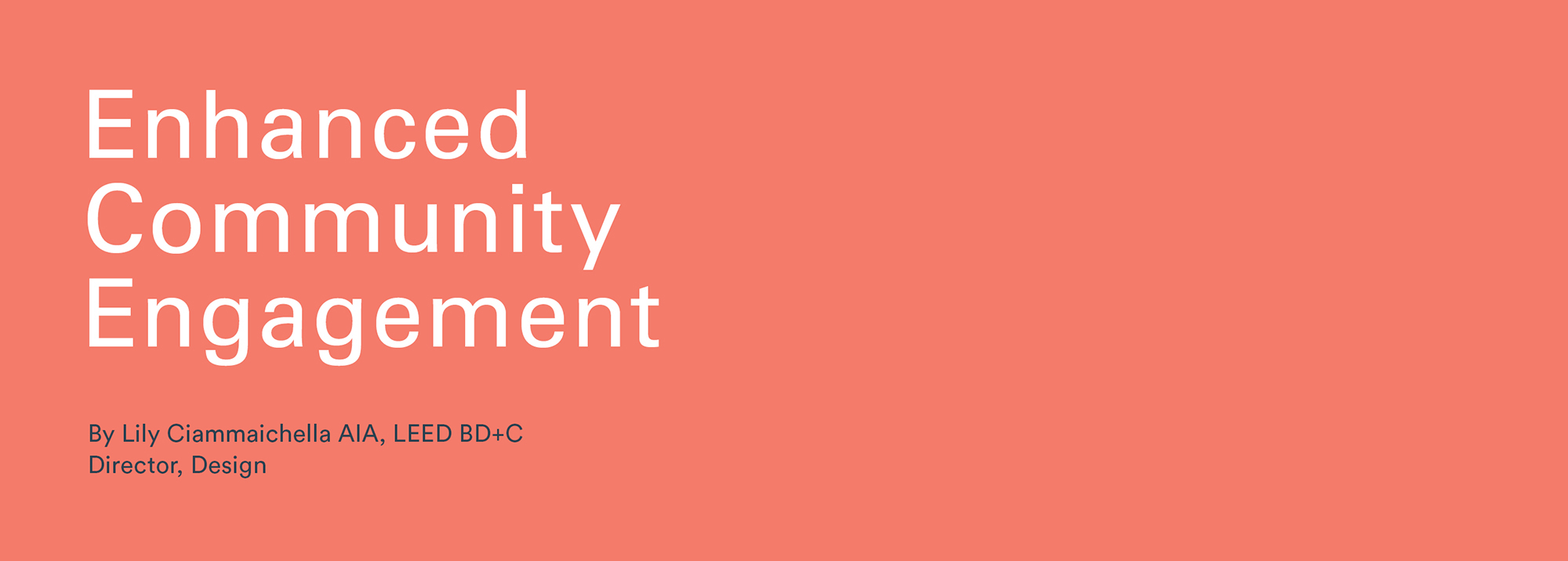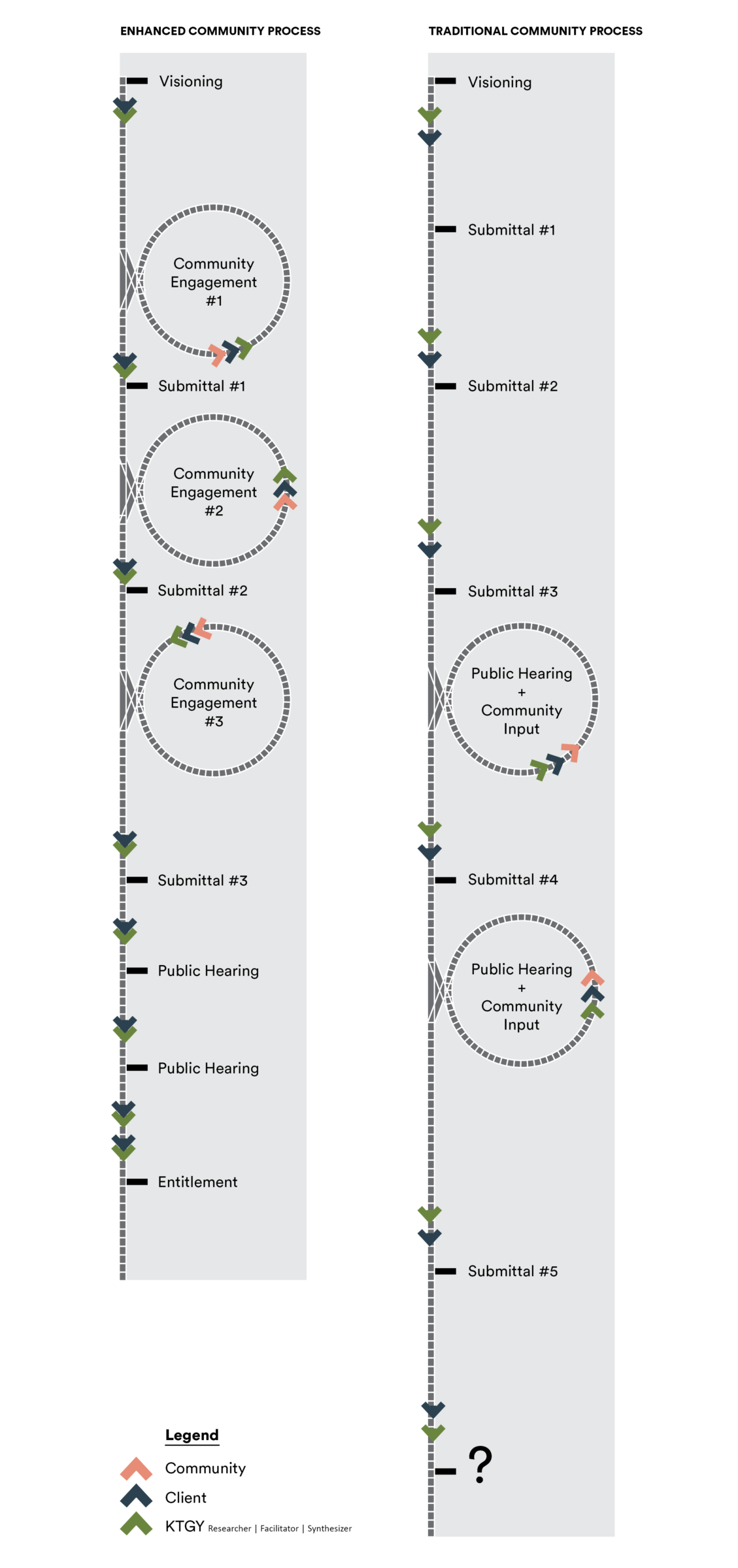The KTGY Oakland studio was recently awarded an affordable housing project through a Request for Proposal issued by Santa Clara County and the city of Los Altos in California called 330 Distel. As a firm, KTGY designs for various communities across the nation and, as a result, we navigate an array of city processes. Though most cities share a similar goal of creating better built environments for their citizens, every city goes about reaching this goal in a different way. Our recent experience in Los Altos has given the Oakland studio a reason to pause and evaluate our approach to community and stakeholder engagement and reflect on the importance of a thoughtful and time sensitive outreach process. We found ourselves asking, “what if?”
• What if we engaged the community early on every time?
• What if we engaged the community often?
When beginning a project, one of the first things the Oakland studio does is analyze a site’s physical opportunities and constraints. Parallel to this effort, we listen to and digest our client’s goals and research the city’s vision through zoning and/ or overlay plans. We quickly internalize as much info as we can to help inform the initial vision for the site design. One piece of information that often gets less attention during this initial stage is the community’s voice. But, if we are designing in an urban setting to either fit in or stand apart from the existing community, the human fabric is a critical layer of the urban context that needs analysis. The challenge for architects has been, and still is, learning how to engage, listen, and synthesize the community’s voice into an opportunity that positively contributes to the project’s final design.

Photography: Marisa Villanueva
For 330 Distel, we found the community engagement process to be a good case study of how a timeline and cadence can positively impact the design and process. Thus, we feel it is worth sharing. In this case study, the Oakland studio led a process of engagement that integrated client, community, and stakeholder’s goals. During this process, KTGY operated in three roles:
As researchers, we delved into the site to understand its unique opportunities and constraints. We gathered information about the physical and human fabric through:
• Analyzing site conditions
• Analyzing adjacencies
• Researching the history of the site through speaking and listening to community members
As facilitators, we worked to obtain diverse community viewpoints. Our goal was to create more equitable community participation by giving a voice to everyone, especially those who typically have been hesitant to speak in the more traditional town hall community outreach formats. We created a toolbox of ways to gather these diverse viewpoints by adjusting to varying communication styles through virtual and in-person meetings, using the following with translators available for those who were more comfortable with communicating in a different language:
• Workshops
• Surveys + Polls
• Mapping
• Individual + Small Group Discussion
Finally, as synthesizers, we listened to the community feedback and generated tangible design solutions that balanced the project’s opportunities and constraints. Early in the process for 330 Distel, an existing conditions and opportunities framework was established through a community meeting led and set up by the city. This meeting established what was permitted by zoning and regulations and what was open for discussion and change. During subsequent meetings we discussed where there was flexibility – primarily in parking count and massing. We also discussed where there was less flexibility – quantity of stories, height and setbacks. We gathered feedback from a diverse range of people from surveys, polls, individual conversations, and group breakout sessions.
Our role as synthesizers involved taking what we learned from the community, what is allowed by regulations, along with what was financially feasible, in order to suggest how the project could move forward within the design framework. This openness to community influence, feedback, and constraints early in the design phase allowed us to make large design modifications as a part of our process.
As architects and designers, we hold the pencil and we have the ability and the responsibility to take feedback and transform it into a physical form through our designs. An engaged community outreach process early and often can provide insightful input to positively impact the design process and solution.


